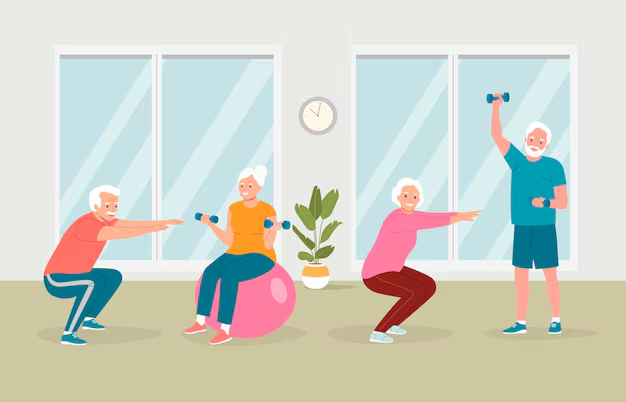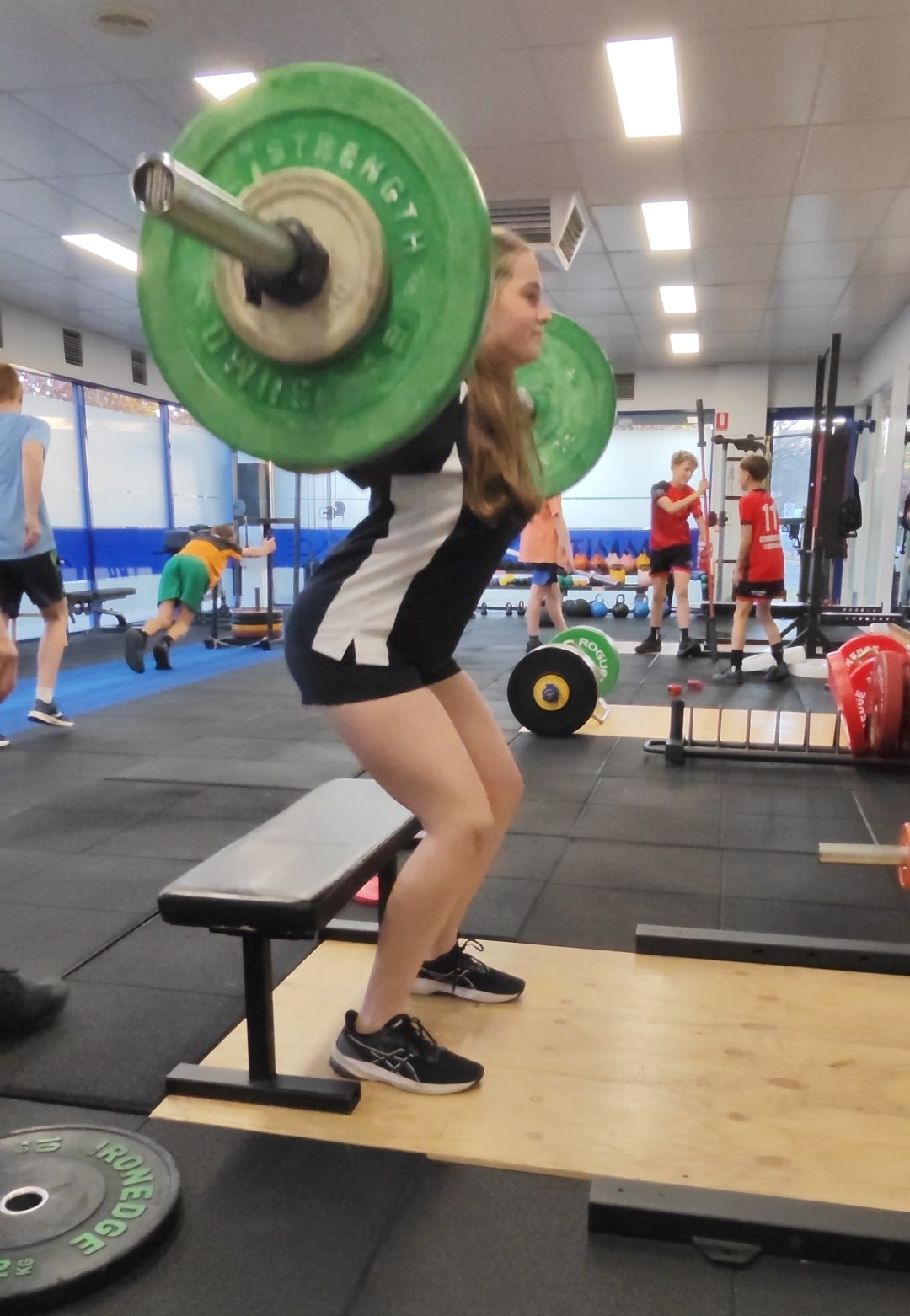Bulgarian split squat, an exercise known for its effectiveness in building unilateral leg strength, balance, and stability.
Importance of the Bulgarian Split Squat
The Bulgarian split squat is a unilateral leg exercise that targets the quadriceps, hamstrings, glutes, and core. It is particularly effective for addressing muscle imbalances between the legs, improving balance, and enhancing lower body strength and stability. It’s a valuable addition to any strength training program, especially for athletes and individuals looking to improve functional fitness.
Anatomy and Biomechanics
The anatomy and biomechanics of the Bulgarian split squat involve several key components:
Muscles Worked: Quadriceps, hamstrings, glutes, calves, and core muscles. The exercise also engages the adductors and abductors for stability.
Joint Involvement: Hips, knees, and ankles of the working leg.
Movement Patterns: The Bulgarian split squat involves hip and knee flexion and extension on the working leg, with the rear leg primarily providing balance.
Proper Form and Technique
The exercise is broken down into several key components to ensure proper form and technique:
Stance: Stand with your back to a bench or elevated surface, with one foot resting on the bench and the other foot positioned about two to three feet in front. The distance may vary based on individual leg length and mobility.
Grip: For added resistance, hold a dumbbell in each hand, or a barbell across your shoulders as in a back squat. Alternatively, body weight can be used, especially for beginners.
Bar or Weight Placement: If using a barbell, position it on the upper traps, similar to a back squat. If using dumbbells, hold them at your sides.
Descent: Lower your body by bending the knee and hip of the front leg, keeping the chest up and core engaged. The rear knee should lower towards the ground, but the primary focus is on the working leg.
Depth: Descend until the front thigh is parallel to the ground or just below, depending on mobility. Ensure the front knee tracks over the toes but does not extend beyond them.
Ascent: Drive through the heel of the working leg to return to the starting position, extending the knee and hip simultaneously while maintaining balance and control.
Common Errors and Corrections
Knee Valgus: Allowing the front knee to cave inward can strain the joint and reduce effectiveness. Focus on keeping the knee tracking over the toes.
Poor Balance: Lack of balance can compromise the movement. Start with bodyweight until balance improves, and use a stable surface for the rear foot.
Too Much Weight on the Rear Leg: The rear leg should only provide support, not drive the movement. Ensure the majority of the work is done by the front leg.
Shallow Depth: Not lowering enough reduces the range of motion and muscle activation. Work on mobility to achieve a deeper squat.
Safety and Spotting
Environment: Ensure the bench or elevated surface is stable and secure. The surrounding area should be clear of obstacles.
Warm-Up: Warm up with dynamic stretches and lighter sets to prepare the muscles and joints for the exercise.
Form Checks: Regularly check form, using a mirror or recording your lifts, to ensure proper technique and to avoid injury.
Individual Differences and Adjustments
Individual body proportions and mobility can affect Bulgarian split squat mechanics. Adjust the distance between the front and rear legs and the height of the bench to suit your body type while maintaining the core principles of the movement.
Benefits of Bulgarian Split Squats
Unilateral Strength: Improves strength and muscular balance between legs, reducing the risk of injury and enhancing overall lower body performance.
Enhanced Balance and Stability: The unilateral nature of the exercise improves balance and core stability, which translates to better performance in other lifts and activities.
Functional Fitness: Mimics real-world movements, making it a highly functional exercise for athletes and individuals seeking improved everyday movement capabilities.
The Bulgarian split squat is an excellent supplementary exercise that enhances unilateral leg strength, balance, and stability. By emphasising proper technique, progressive overload, and individual adjustments, this exercise can help individuals of all levels build strength, muscle, and confidence in their training.




